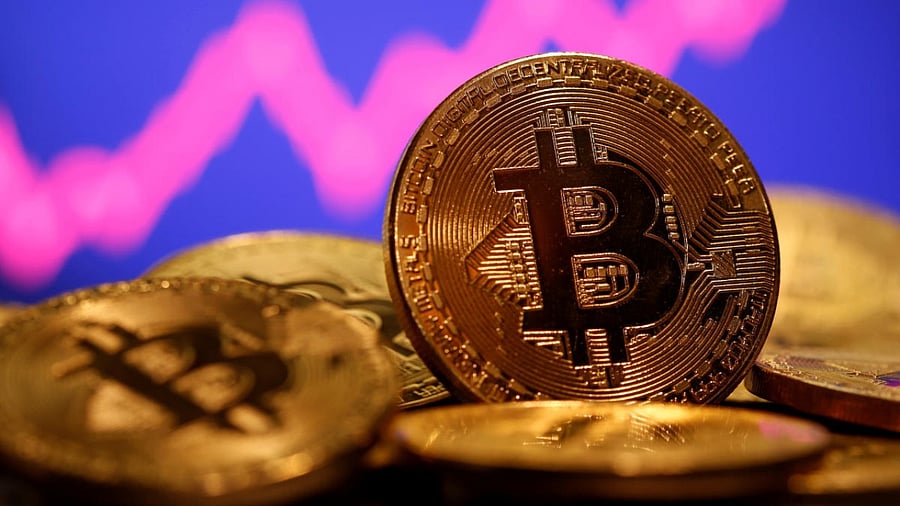
India has a very dubious relationship with cryptocurrency. While investors and traders are on board with the idea of crypto, the government and RBI have claimed the unregulated virtual currency is not legal tender, and have said (and tried to) that private cryptocurrency will be banned, even though they are in support of blockchain technology.
So why is there such a discrepancy in the treatment of crypto and why is there a controversy surrounding it? To know this, we must understand the history of crypto and how India's government and RBI reacted to it.
2008: Bitcoin is born, created by an unknown person or a group with the pseudonym Satoshi Nakamoto. In 2009, the currency comes to use as open-source software.
2010: The first commercial transaction involving Bitcoin takes place when programmer Laszlo Hanyecz exchanges 10,000 Bitcoins for 2 pizzas.
2011: Other cryptocurrencies like Namecoin, Litecoin and Peercoin enter the market.
2012: Bitcoin prices show large volatility, rising to as high as $16 per coin, but falling to as low as $7 just days later. The coin is also embroiled in controversy over alleged use in fraud, and The Bitcoin Foundation is formed to restore its reputation.
2013: The meme cryptocurrency, Dogecoin is created.
In India, the RBI issues a cautionary note about Bitcoin, citing lack of regulation on the coin anywhere in the world (https://www.deccanherald.com/content/377265/rbi-asks-people-cautious-bitcoins.html).
2015: Ethereum is born, with the cryptocurrency called Ether. It goes on to become the second-most valued cryptocurrency.
2012-2017 period: The price of cryptocurrencies see a mix of volatility and steady rise, as new coins are created. By 2017, Bitcoin hits $1000, triggering an astronomical rise in its value.
Amid the fundamental changes in the global crypto scene, India sees the rise of cryptocurrency exchanges such as Zebpay and Koinex.
However, the Indian government issues a warning against investing in and trading cryptocurrencies, calling them a Ponzi scheme.
2018: The RBI issues circular banning banks and NBFCs from dealing in virtual currency and providing such services to people associated with them. It argues that crypto's anonymous nature posing threat to national security cannot be ruled out.
Subsequently, the Internet and Mobile Association of India (IMAI) files a plea in the Supreme Court, questioning the RBI’s powers to impose the ban since cryptocurrencies weren’t a “currency” in the legal sense of the term.
2019: An inter-ministerial panel set up to look into the issues of virtual currencies suggests a complete ban on private cryptocurrencies, but opens the door for a possible official digital rupee.
2020: The Supreme Court sets aside RBI's virtual ban on cryptocurrencies, and allows banks and financial institutions to handle trade in cryptocurrencies. It says the central bank has taken a contra position on virtual currencies “without any rational basis”.
2021: The Centre lists a Bill to ban all private cryptocurrencies in the country while creating a "facilitative framework" to establish an official digital currency.
March 2021: The Centre seemingly does a change in track, saying it is open to evaluate and explore new technologies, including cryptocurrencies, for improving governance.
